Hydroaviation of the Japanese submarine fleet in World War II. Part X
The first mass-produced shock seaplane M6A1 “Seyran” from the end of November 1944 began to enter service with 631 special-purpose kokuta (air hulls), which organizationally became part of the 1st squadron of Sen-Toku aircraft carrier submarines (I-400, I- 401) and AM (I-13, I-14). The first two submarine aircraft carriers went into operation until the end of 1944 - I-400 and I-13. In January 1945 I-401 entered service with the squadron, and in March I-14. 1st squadron was part of the 6th fleet and could take on board only ten Seyrans. A number of literary sources refer to the created formation as a “flotilla”. The concepts of “squadron” and “flotilla” are largely identical, however, in terms of their operational mission, this formation of submarine aircraft carriers will more correctly be called a “squadron”.
The flight and technical staff for 631 kokuta were selected from marine units aviation taking into account the combat experience of the candidates. The formation of 631 Kokuta ended on December 15, and Tatsunoke Ariizumi, who had previously commanded the I-8 aircraft carrier, was appointed commander.
The retraining and basic flight training of the M6А1 crews was carried out at the 1 aircraft technology arsenal in Yokosuka. In January, 1945, the underwater aircraft carriers I-400 and I-13, embarked on their first training trip with the Seyrans aboard, which made the first ejection takeoffs from submarines in sea conditions. Arizumi at this moment already commanded the entire 1 th squadron of submarines.
On the I-400 submarine, preparations are under way for the launch of the M6-1 “Seyran” seaplane
Most naval exercises were conducted in the Inland Sea, south of Kure. The flight training of the Seyran crews was carried out at the naval aviation base in Fukuyama, where six M6A1 attack seaplanes were permanently based. During the training flights, the lack of technical reliability of the Atsuta-32 liquid-cooled liquid engines was revealed, and they had to be repaired frequently. For the same reason, the similar engines installed on the deck Ykosuka dive bomber D4Y2 "Susi" were replaced by the Mitsubisis X-NNX-shaped air-cooled Kinsei-4 air-cooled engines manufactured by the Mitsubisis engine for the Japanese aircraft manufacturers.
М6А1 "Seyran" carried out an ejection takeoff from a submarine aircraft carrier of type I-400 ("Sen-Toku")
The training took place in the conditions of an acute shortage of aviation gas and fuel for submarines. The planned joint exercises of submarine aircraft carriers and their air groups, scheduled for 2 on April 1945, for this reason were canceled. Instead of training, the submarine I-401 was equipped in Manchuria, in Dairen for aviation gasoline. For an ordinary tanker, due to the high activity of the Allied aviation, this mission would have been impossible. A specially made frigate superstructure was installed on the boat. However, he did not save the boat from the magnetic American mines. After being damaged, I-401 was forced to return and stand up for repair in Kure. Instead of it, I-400 came out on a campaign for aviation fuel, having previously dressed up as a fake superstructure removed from I-401. The submarine I-400 was more successful and returned from Dairen with aviation gas. Flight training was resumed.
11 May 1945 of the year 1-I squadron of submarine aircraft carriers in full force left Kure, entered the Sea of Japan and headed for the port of Maizuru (Kyoto Prefecture, Honshu Island) to the place of its main base. Intensive training for six weeks in an ejection take-off occurred from the boats in the base ("from the pier"). Not enough fuel to go to sea. In the conditions of air supremacy of the American aviation, the boats at the pier carefully masked. Before each launch of the aircraft it was removed and re-restored after the end of the starts.
M6А1 "Seyran" impact seaplane in a training flight, 631 kokutai
As a result of persistent training, technical calculations were able to reduce the time to prepare for takeoff and ejection launch of three “Seyrans” with floats to 30 minutes and to 14.5 minutes without floats.
The initial goal for striking 1-nd squadron of submarine aircraft carriers was to be the locks of the Panama Canal, on which the Allies carried out the transfer of troops and equipment from Europe after defeating Germany in the Pacific theater to fight against Japan. The strike should have been delivered by ten M6А1 “Seyran” (“Mountain Fog”) seaplanes, armed with torpedoes (six aircraft) and 800-kg bombs (the other four).
The squadron of ten "Seyrans", stationed on four submarine aircraft carriers, was appointed 25-year-old lieutenant Atsushi Asamura (Atsushi Asamura). In accordance with the planned route, 1-I squadron of submarine-aircraft carriers had to go to the Hawaiian Islands (as well as Admiral Nagumo to strike Pearl Harbor), then to the shores of South America and along the coast of Colombia to go to the Panama Canal. The duration of the passage of the squadron to the launch point of "Seyran" was about two months. During the march, the submarines I-13 and I-14, which have a shorter navigation range, were supposed to be refueled on the route with fuel from tankers (taking into account ensuring secrecy, these could be transport submarines).
The scheme of the Panama Canal (the actual part of the channel corresponds to the reality of 1945 of the year)
The immediate goal for striking identified the floodgates on Lake Gatun. For working out the route of flight and the skill of striking a target, in conditions close to real, in the north-east of Honshu Island, mock-ups of locks were built with landmarks well visible at night (with a full moon). In order to increase the probability of hitting the target, all ten Seyrans were supposed to strike only at the inner gate of the lock from the side of Lake Gatun. During the elaboration of the details of the operation, the strike with torpedoes was considered inexpedient, and it was decided to arm all the planes with 800-kg bombs. Bombers had to start from submarines without floats, at low altitude and high speed to reach the target and after striking, splash down near their submarines. The leadership of the Japanese fleet also considered the option of attacking the gateways, using kamikaze tactics. The bombing of the mock-up of the locks was conditional - the bombs were not dropped (possibly due to a lack of ammunition, and according to other data, due to the blocking of the mechanisms for dropping bombs). During the exercise, two M6А1 “Seyran” aircraft were lost together with their crews.
By the beginning of July, 1945, the 1-I squadron of submarine-aircraft carriers was to reach alert. However, the military situation was rapidly deteriorating, and the metropolis faced a real threat of Allied invasion of the Japanese islands. The operation to strike at the Panama Canal locks had to be canceled. In pursuance of the order of the Japanese General Staff of Japan No. 95 from 25 June 1945, the 1 squadron of submarines was given a new and more urgent task - to strike at the US aircraft carriers in the Uliti Atoll.
The operation received the code name "Hikari" (Hikari), and 1-I squadron of submarines was renamed the special impact connection "Sinryu" (Shinryu - "Divine Dragon"). In July 1945, the strike force focused on the Ominato Naval Base (the northern tip of Honshu Island).
According to the plan of the operation, the American aircraft carriers who were standing at the anchor at the Uliti Atoll (the Karolinsky Islands) were supposed to strike "Seyrans" from the submarine aircraft carriers I-400 and I-401, using the kamikaze tactics. The planes were supposed to be launched from boats without floats and with a minimum fuel reserve. According to one version of historians, in order to achieve stealth on the approach to the target and surprise during the striking of the Seyrans, the American Air Force insignia and silver color were struck (the MXXUMX6 flying at great speed reminded the American North American fighter P-1 Mustang ).
To provide detailed reconnaissance information in the Uliti area, the I-13 and I-14 boats were to deliver in their aircraft hangars disassembled high-speed reconnaissance ground-based aircraft “Nakajima” С6N1 “Sayun” (Saiun - “Elusive Cloud”) to Truk Island (Caroline Islands). not yet occupied by Americans. In each hangar, they managed to place only one reconnaissance aircraft, which were slightly longer than the Seyrans in size.
Reconnaissance aircraft "Nakajima" С6N1 "Sayun", the maximum speed at an altitude of 6000 meters 610 km per hour
3 and 4 July 1945, the submarines I-13 and I-14 alternately left the Ominato base and headed towards Truk Island. Only the I-4 submarine, which delivered the Xayn X14N6 C1N13, reached the island reached the target of 16 August. The I-1945 57 July 415 submarine east of Yokosuka was discovered and sunk as a result of an attack from deck-based aircraft from the American anti-submarine aircraft carrier CVE-XNUMX Anzio and the escort carrier DE-XNUMX “Laurence S. Telolo” that they had induced.
The main forces of the Sinryu strike connection, the submarine carriers I-400 and I-401, left the naval base at Ominato 26 and 27 in July 1945 and headed for the Uliti atoll. However, there was a fire on the flagship of the compound, the I-401 boat commanded by Captain Arizumi, and she was unable to reach the meeting point with I-400 scheduled for August 15 in time. The strike on American aircraft carriers, which was to take place in two days, was postponed to August 25. But he was never implemented.
15 August 1945 Emperor of Japan announced the surrender. On August 16, the boat commanders of the Shinru compound received radiograms with orders to proceed to the nearest ports of Japan. The next radiogram sent in four days ordered the submarine commanders to get rid of offensive weapons and raise black flags signaling readiness for surrender.
Onboard the I-401, the M6А1 “Seyran” planes without crews ejected with the running engines, having held out for a while in the air, they fell into the sea. On the I-400, the Seyrans were rolled out of the hangar and simply pushed overboard. So ended story unique aircraft that did not commit a single combat departure.
Damaged М6А1 "Seyran" in the territory of the Aichi aircraft factory in Aytoku, September 1945
A number of damaged "Seyrans" (according to various sources from two to four aircraft) found in destroyed factory workshops in Eytoku and in the territory of the arsenal in Ykosuka fell into the hands of Americans. To this day, only one restored copy of the M6А1 has been preserved in the exposition of the National Air and Space Museum in Virginia, USA. Among the captured Japanese aircraft, delivered to North America, there was also at least one copy of the prototype training version with the M6A1-K "Nanzan" wheeled chassis, which at the beginning of the 50s of the last century was apparently scrapped.
Under the black flag of the underwater carrier I-400, to Tokyo Port, Sagami Bay, 28 August 1945
27 and 29 in August 1945, the underwater aircraft carriers I-400 and I-401 going to Japan surrendered to the Americans and were escorted to Tokyo Bay.
I-14, I-401 and I-400 submarines in Tokyo Port, September 1945
31 August Captain I-401 Arizumi could not stand the shame of surrender and shot himself. In September, 1945, the unique submarines shipped to the Hawaiian Islands.
I-401 and I-400 submarine aircraft carriers at the American base at Pearl Harbor, autumn 1945 of the year
The Americans carefully studied captured Japanese submarine aircraft carriers. In all likelihood, the experience of Japanese shipbuilders was taken into account when creating submarines carrying cruise missiles. In the 1953, the Balo SSG-282 Tani (Tunny) diesel submarine was converted into the carrier of Regulus cruise missiles with a nuclear warhead. Prior to combat duty from a boat equipped with an airtight cylindrical hangar container, experimental launches of German V-1 cruise missiles were conducted.
US diesel submarine SSG-282 "Tanya" (Tunny), armed with cruise missiles "Regulus", July 1953 year
Regulus cruise missiles "in the hangar of the SSG-282" Tanya "(Tunny)
Diesel-electric submarine carrier of the Regulus cruise missiles of special construction SSG-574 "Grayback" (Grayback), 1958 year
Not wanting to share with the Soviet Union innovative technologies used by the Japanese to create a unique impact submarine complex, including submarines-aircraft carriers and special impact seaplanes of the type M6А1 "Seyran", the United States destroyed the captured submarines. Boats I-400, I-401 and I-14, filled with explosives, were blown up and flooded around the island of Oahu in May-June 1946 of the year. Underwater tanker I-402, along with other captured Japanese submarines, was blown up and flooded in Sasebo Bay near Goto Island in April1946 as part of Operation Dead End.
Underwater tanker I-402 before demolition, Sasebo bay, April 1946
Last minutes of the I-402 submarine leaving the deep sea, April 1946
At the beginning of the 182st century, after the removal of the secrecy label from the archival documents of the US Navy regarding this operation, it became possible to conduct a search expedition in the area by the forces of enthusiasts led by Brad Fanef of Texas A&M University. The exact coordinates were not indicated in the declassified documents. A cemetery for Japanese submarines was discovered at a depth of 200 meters, XNUMX miles northwest of Nagasaki.
In August, the scientists at the University of Hawaii accidentally (just like the I-2013 in 401) accidentally discovered a submarine I-2005 under the control of the seabed around the island of Oahu (Hawaii) using an underwater remote-controlled vehicle. .
The bow of the I-400 case with a destroyed catapult track at a depth of 700 meters, near the west coast of Oahu, August 2013
Aft 140-mm submarine I-400 submarine lying on 700-meter depth, August 2013 year
References:
1. Beshanov V.V. Encyclopedia of aircraft carriers / Under the general editorship of A.E. Taras - M .: AST, Minsk: Harvest, 2002 - (Library of military history).
2. Platonov A.V. Linear forces of the submarine fleet - SPb .: Galeya Print LLC, 1998.
3. Dashyan A.V. Ships of the Second World War. Japanese Navy (part of 2). Maritime collection №7, 2004.
4. Ivanov S.V. Submarines of Japan 1941-1945. War at sea (No. 31) - Beloretsk: ARS LLC, 2006.
5. Okolelov N.N., Shumilin S.E., Chechin A.A. Submarine aircraft carriers of the Japanese fleet (history, design, aircraft armament). Maritime collection №7, 2007.
6. Kascheev L.B. Japanese submarines in World War II. Maritime collection №2, 2011.
7. Firsov A. Aviation of Japan in the second world war. Part One: Aichi, Yokosuka, Kawasaki. Aviation collection №4. TsAGI, 1996.
8. Solomonov B., Kulagin K. Submarine aviation of the Yamato country. Aviamaster №3, 2003.
9. Doroshkevich O. Airplanes of Japan of the Second World War - Minsk: Harvest, 2004.
10. Chechin A., Okolelov N. Start from under water. Model designer №7,8 -2009.
11. Chechin A., Okolelov N. Sinister "Mountain Fog". Seaplane Aichi M6A "Seiran" and its predecessors. Magazine "Aviation and Time" No. 04 - 06, 2013.
12. Haruk A.I. Attack aircraft of the Second World War - attack aircraft, bombers, torpedo bombers - M .: Yauza; Eksmo, xnumx.
13. Haruk A.I. All seaplanes of the second world. Illustrated color encyclopedia - M .: Yauza; Eksmo, xnumx.
14. Kotelnikov V. Aviation in the Second World War. Aircraft of France. Part-1 (Aviation collection No. 10) - 1996.
15. Kozyrev M., Kozyrev V. Aviation of Axis Countries in World War II - M .: ZAO Tsentpoligraf, 2010.
16. Bryukhanov A. Deck aircraft in World War II: An Illustrated Collection. Parts I - IV. - Publishing solutions (licensed by Ridero), 2017.
17. Bryukhanov A. Japanese submarine aviation in World War II: Publishing solutions (licensed by Ridero), 2017.
18. Gusev A.N. Submarines for special purposes. Built ships and unrealized projects - M .: MORKNIGA, 2013.
19. RJ Francillon. Japanese Aircraft of the Pacific. Putman & Company. London-1970.
20. Robert C. Mikesh. Aichi M6A1 Seiran, Japan's Submarine-Launched Panama Canal Bomber (Monogram Close-Up 13) - Monogram Aviation Publications. Commonwealth Press Worcester, Massachustts, 1975.
21.Japanese Military Aircraft Illustrated. Vol. 3, Reconnaissance Flying Boat Trainer/Transport - Bunrin-Do Co. Ltd., Tokyo 1983.
22. Robert C. Mikesh & Shorzoe Abe. Japanese Aircraft 1910-1941. Putnam Aeronautical Books, London, 1990.
23. Famous airplanes of the world №47. Imperial Japanese Navy Reconnaissance Seaplane - BUNRINDO Co.Ltd, Tokyo 1994.
24. Tadeusz Januszewski. Japanese Submarine Aircraft - Red Series (No. 5103). Mushroom Model Publications, 2002.
25. Ryusuke Ishiguro, Tadeusz Januszewski. Kugisho E14Y GLEN: The Aircraft that Bombed America (White Series) - MMPBooks, 2012.
26. ER Johnson. United States Naval Aviation, 1919-1941 - Aircraft, Airships and Ships Between the Wars. Mcfarland, 2011.
Internet resources:
http://www.findmodelkit.com;
http://blogspot.com;
http://wikimedia.org;
http://en.wikipedia.org;
http://www.cieldegloire.fr;
http://www.airandspace.si.edu;
http://airandspace.si.edu;
http://www.stripes.com;
http://www.mn-modelar.cz;
http://cieldegloire.fr;
http://colonelcassad.livejournal.com;
http://www.patriotspoint.org;
http://sfw.so;
http://printshop.stripes.com.
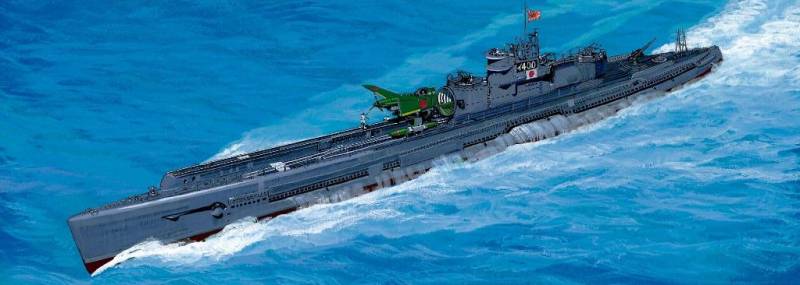
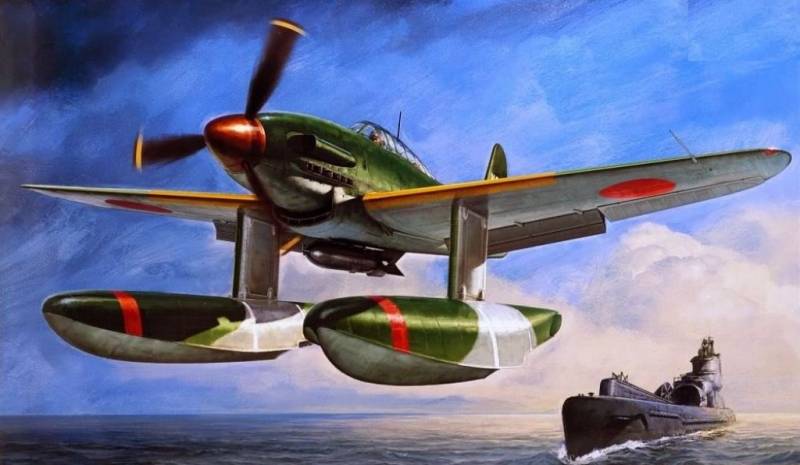
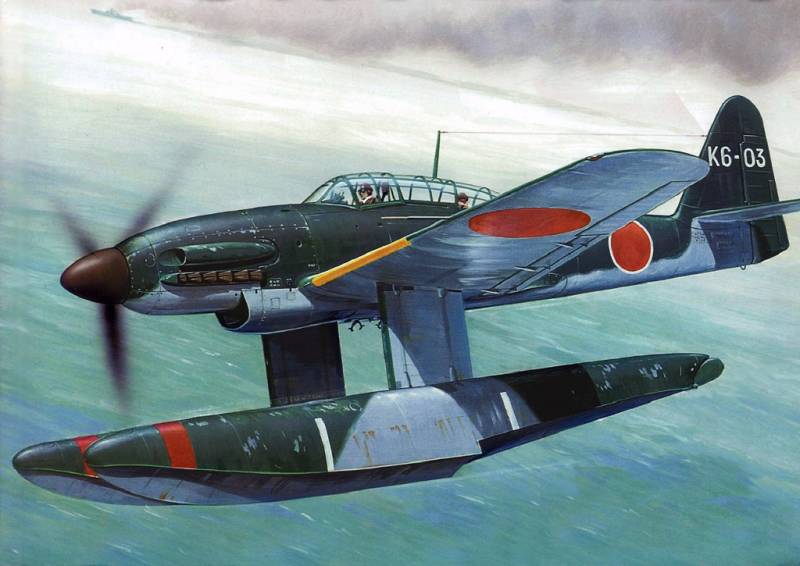
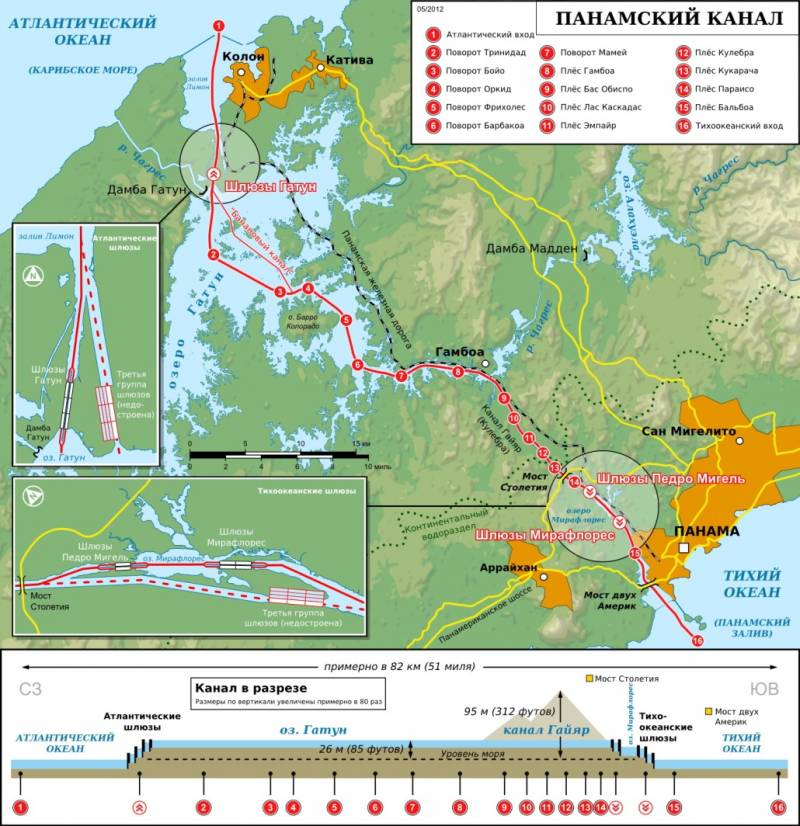
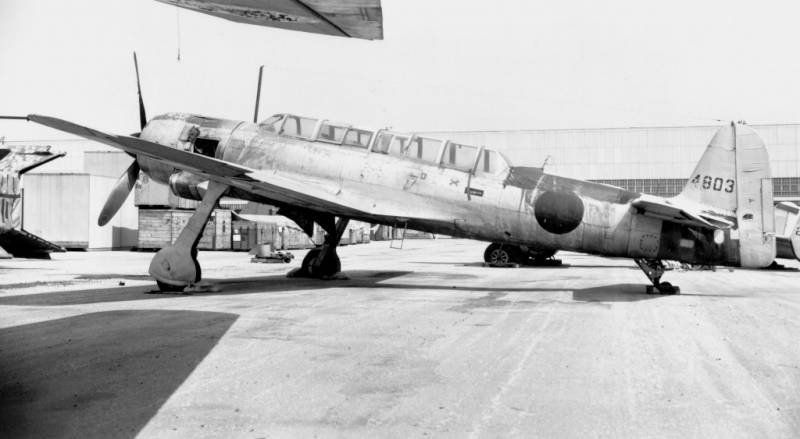
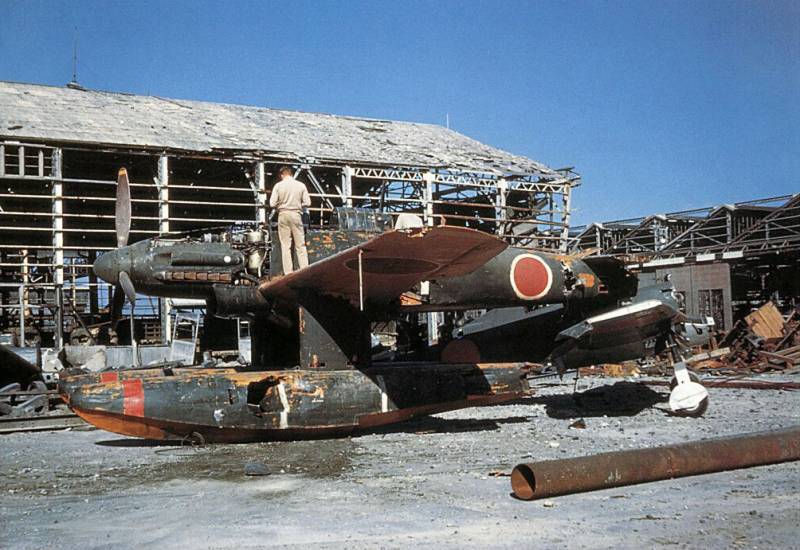
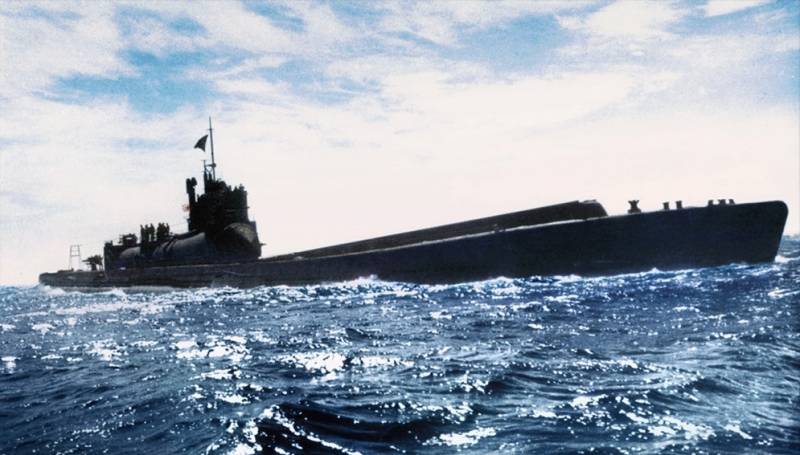
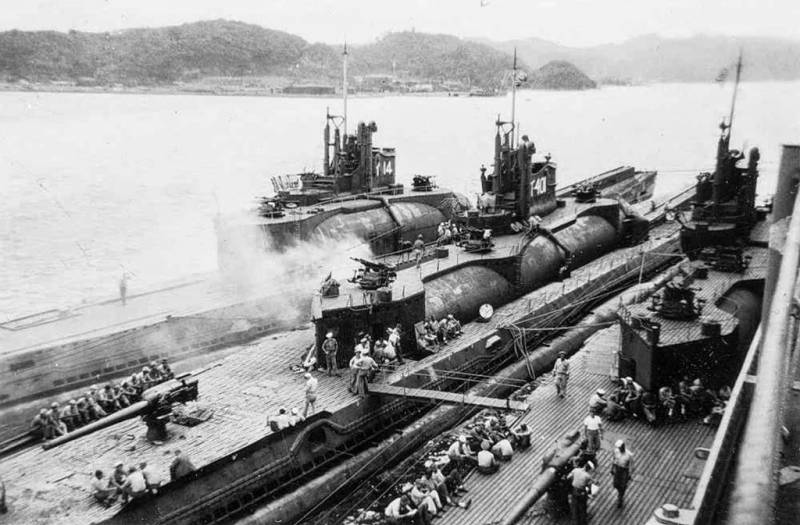
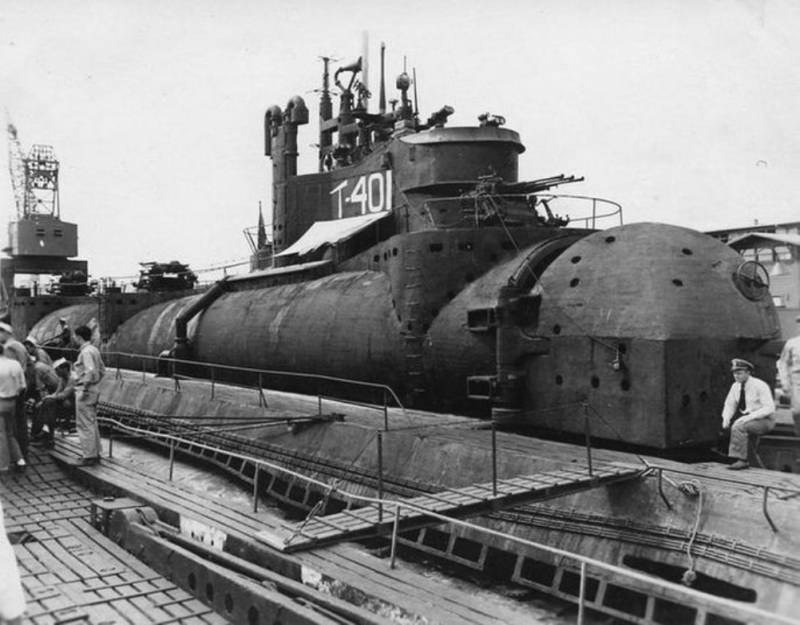
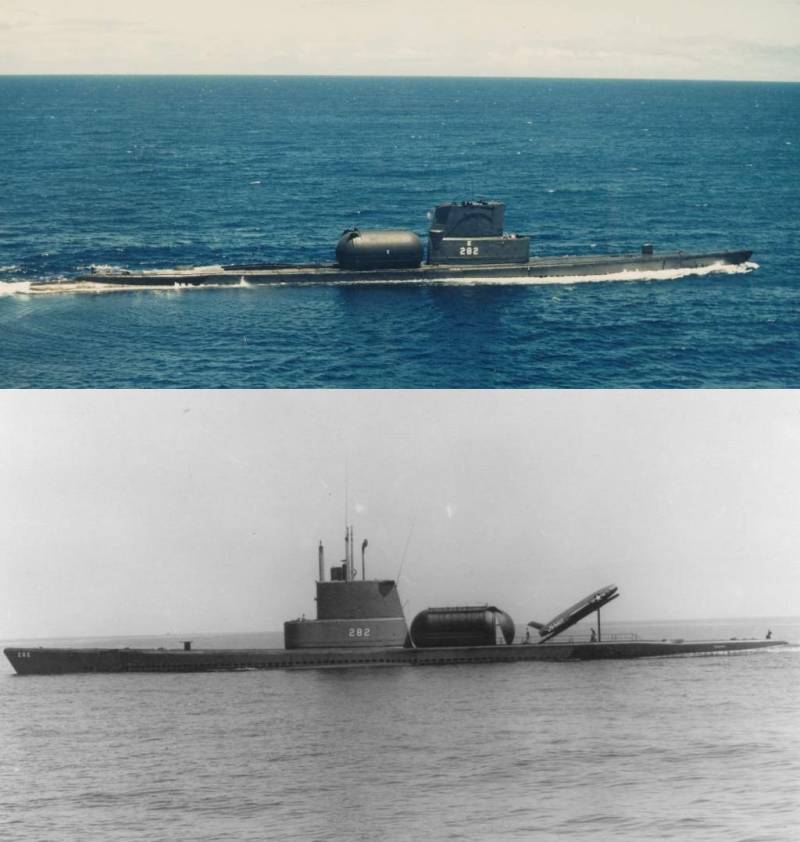
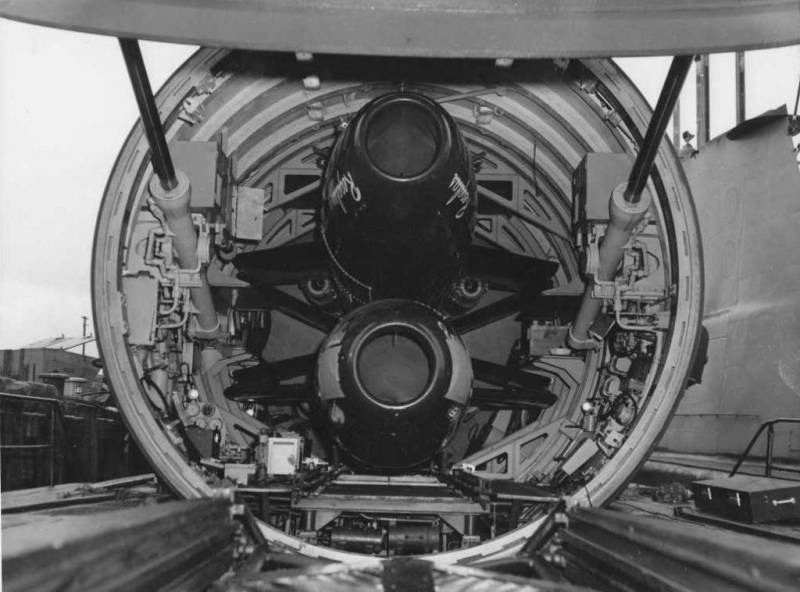
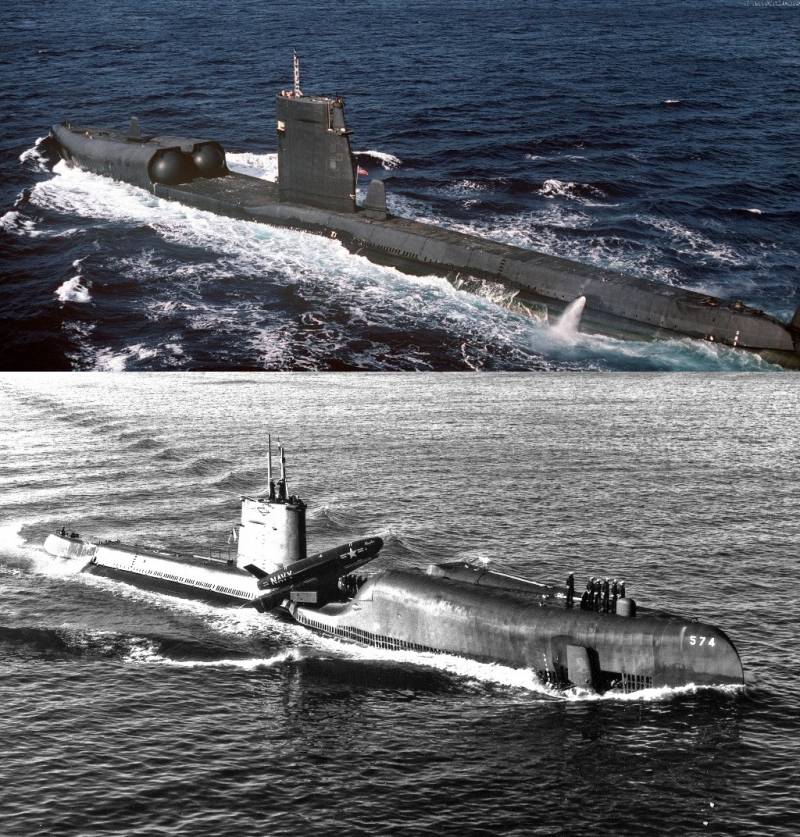
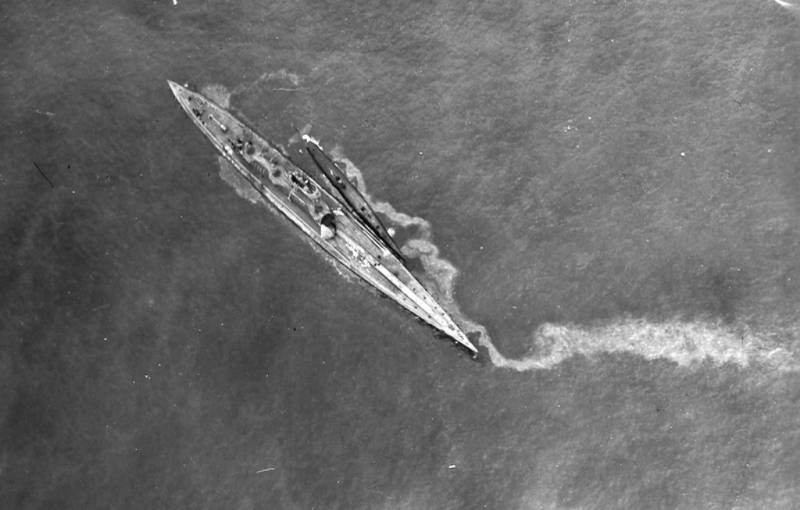
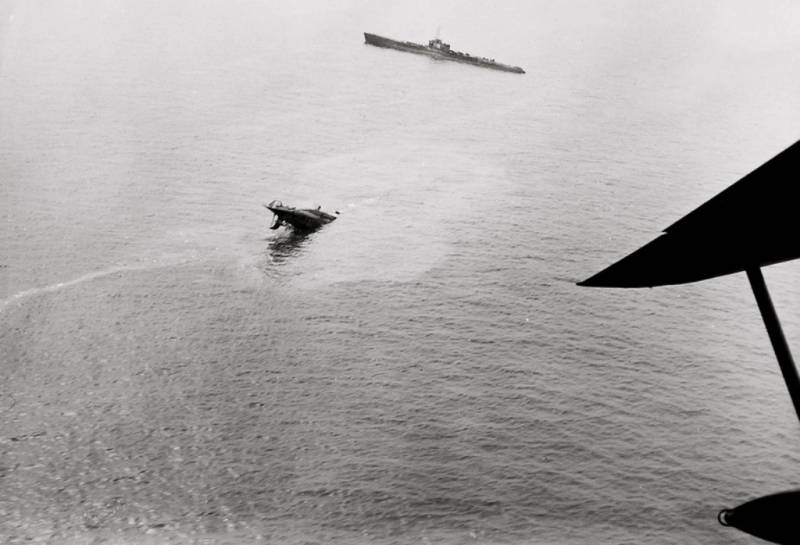
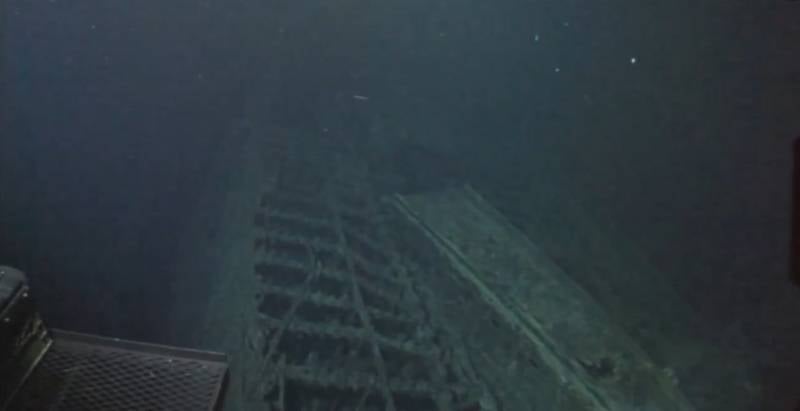
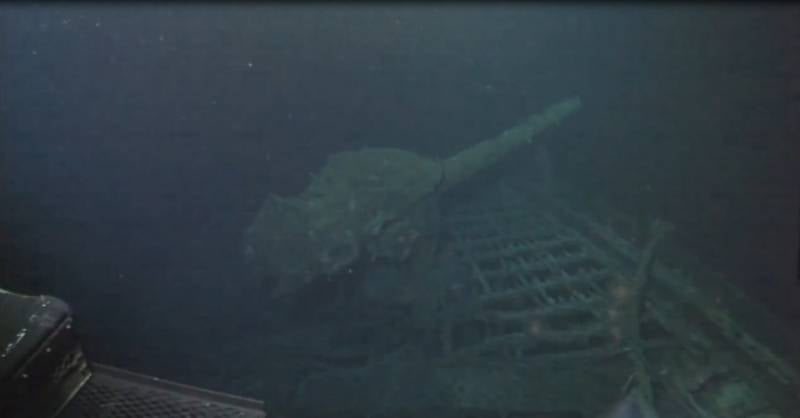
Information